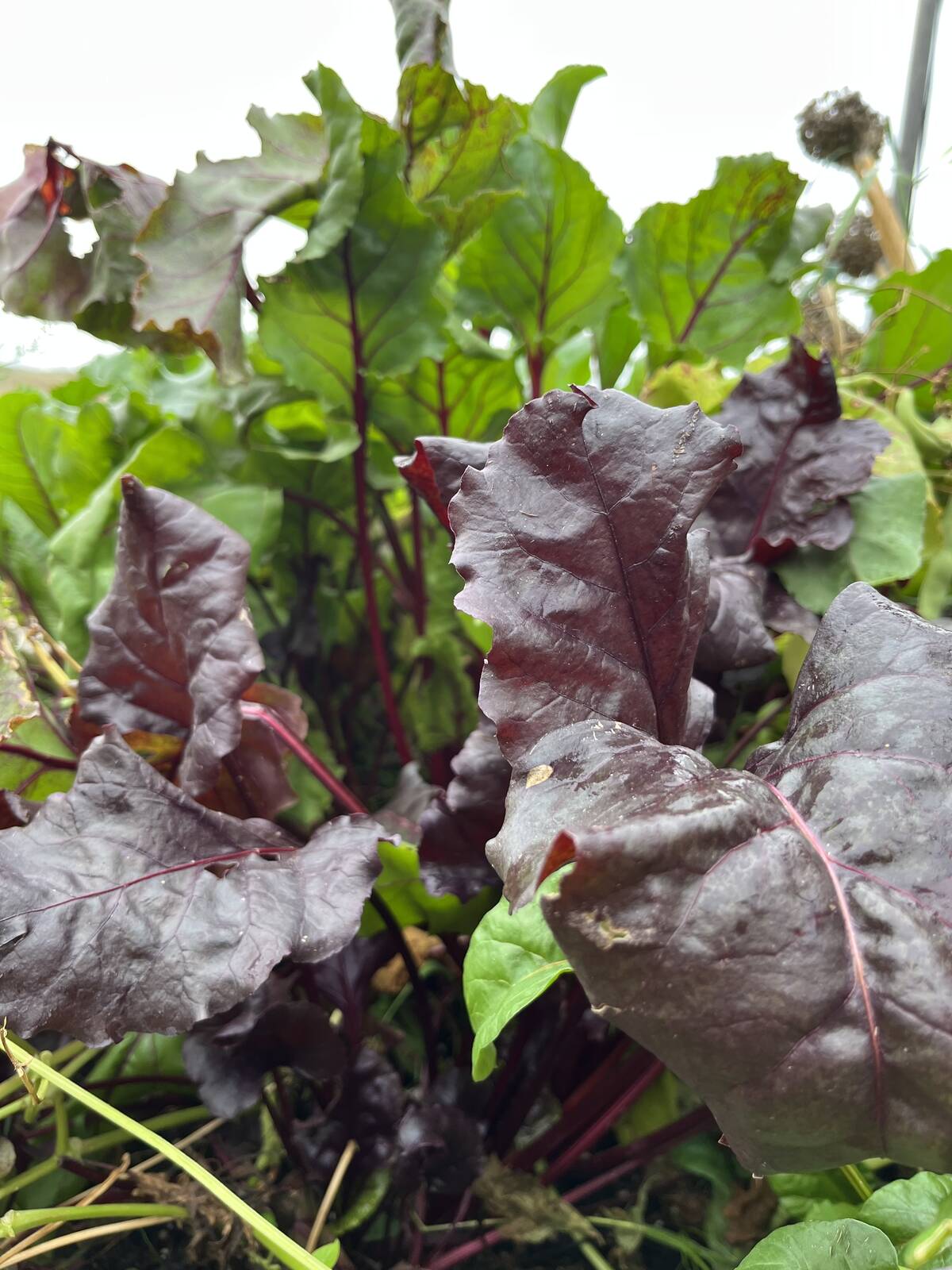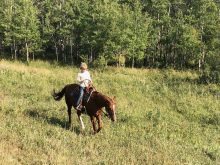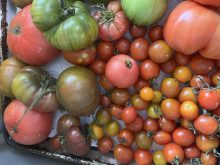My family’s arrival in Canada is a tale of white settlers fleeing persecution in Ireland and Ukraine (then part of the Russian Empire). Between 1874-78, my maternal ancestors, all Hutterites, boarded eight steamships from several western European ports. Nearly 1,300 Hutterites of all ages fled Ukraine for a new life in North America.
Hutterites originated in Austria, but moved from country to country for 300 years, persecuted for their communal life and property ownership, nonviolence, pacifism, adult baptism and unwillingness to swear oaths of allegiance. In 1874, Czar Alexander II withdrew Catherine the Great’s century-old commitment to allow Hutterites to live in peace, without compulsory military service. So a delegation went to North America, looking for land. When they returned, the great migration began.
Hutterite travellers bought tickets in steerage, the cheapest spot on a steamship. They brought wicker baskets and burlap sacks full of food, provisions to feed themselves and their families during the two-week voyage as well as the long trek west, and “hope chests” of seeds for their new gardens in their new land. The voyage was arduous, and some travellers died; children whose parents didn’t survive became wards of close relatives.
Read Also

Gentle treatments for pain in the neck
Heading toward year-end, people unknowingly tense up against the cold and busyness, causing neck pain that can often be treated with appropriate support and gentle mobility, athletic therapist Kathlyn Hossack says.
The Dakota Territories had been selected as the target: in the western U.S., land was plentiful and inexpensive. The U.S. government had passed the Naturalization Act of 1870, which prioritized white European-born settlers at the expense of would-be Chinese arrivals. Indigenous residents at that point were being forced onto reservations by government-led wars across the Plains, along with the 1871 Indian Appropriations Act, which ended treaty negotiations. Hutterite emigrants who had been successful farmers but left everything behind had hope of buying land, without any knowledge of the Indigenous nations who were forced off their territories to make room for white settlers.
Some Hutterites settled at established U.S. colonies (brotherhoods or bruderhofs, in three Hutterite sects) in South Dakota, while others, known as prairieleit, or “prairie people” opted for private land ownership near Freeman, South Dakota. They stayed for some years, then traveled north across the Medicine Line in early 1900 to take up residence in the North-West Territories of Canada, in what would become known as Alberta and Saskatchewan.

My ancestors, all prairieleit, settled around the towns of Borden, Langham, Dalmeny and Radisson, west of Saskatoon along the banks of the North Saskatchewan River, flat and fertile land that surely struck a note of recognition in the eyes of the travelers from Ukraine. Individual men bought land and proved up ground for homesteads. Women dug in their storage chests and pulled out shriveled seeds they had carefully sequestered when they left the old country. Gardens were planted, hardy crops similar to what they’d grown in their fields close to the Sea of Azuv: wheat, cabbage, potatoes, carrots and beets.
Those vegetables, especially the beets, were a lodestar for the homes left behind. Eating beets is the closest we come to eating a mouthful of minerals. Densely textured, richly coloured and earthy, even in seed form, beets are reminiscent of dirt. So roast your roots, and share them. First we eat. Then we’ll share stories of our ancestors.
Next time: the Irish famine and potatoes.

Cooking beets — and what to do with them
Beets are easy to cook, in a rainbow of colours: purple, white, golden and Chioggia — concentric pink circles shot through with white. Purple are most intensely flavoured, followed in descending order; the palest colours are mildest. Shape influences flavour, too; oval beets are milder than round ones.
Refrigerated beets keep for months if they are wrapped in paper towels in airtight containers or plastic bags.
Beets can be steamed, boiled or roasted. Stovetop cooking is messy if beets leak all over the stovetop. Use the oven! To roast beets, wrap half a dozen beets of similar size in a double layer of foil, and toss them into a hot oven. They cook more quickly in small packets than on large covered trays. Large beets take an hour at least to roast. Squeeze to test for doneness; they should give under your fingers.
Peel beets after cooking; raw beets bleed profusely if they are peeled or sliced, so cook them clothed. Let them cool a bit, then rub them with a tea towel to slip them out of their skins. Anthocyanin, the colour in purple beets, is water-soluble, but is set by acids. Wash your hands before you get lemon juice on those purple stains, or they endure as long as henna hand painting. Toss purple beets minimally to avoid staining everything. Keep them separate from other components until the last minute, or toss them in separate bowls and serve them side by side.
For a stellar winter salad, serve golden beets on red leaf lettuce or radicchio, and red beets on green leaf or with spears of Belgian endive. Then choose a red-skinned apple to slice beside the golden beets, and a green-skinned apple to pair with the red beets. Top with citrus vinaigrette, a bit of chèvre and some toasted nuts.
Cooked beets are great in salads, risotto and pasta, wearing only olive oil and fruit-based vinegar, or dressed up. Many flavours love beets: cabbages, radicchio and endive; nuts and nut oils; all citrus; vanilla; apples; mustard or dill are classic pairings, as is duck, and all cured or smoked pork. Potatoes and beets make red flannel hash; cabbage and onions combine with beets to make borscht, with or without meat. Try sparing amounts of sweet spices such as paprika, nutmeg, ginger, cloves, cinnamon or allspice; add handfuls of herbs such as tarragon, chives, dill, fennel or parsley. Use beets in chocolate cakes, sorbets or ice creams, as a reminder that beets are a source of sugar.















